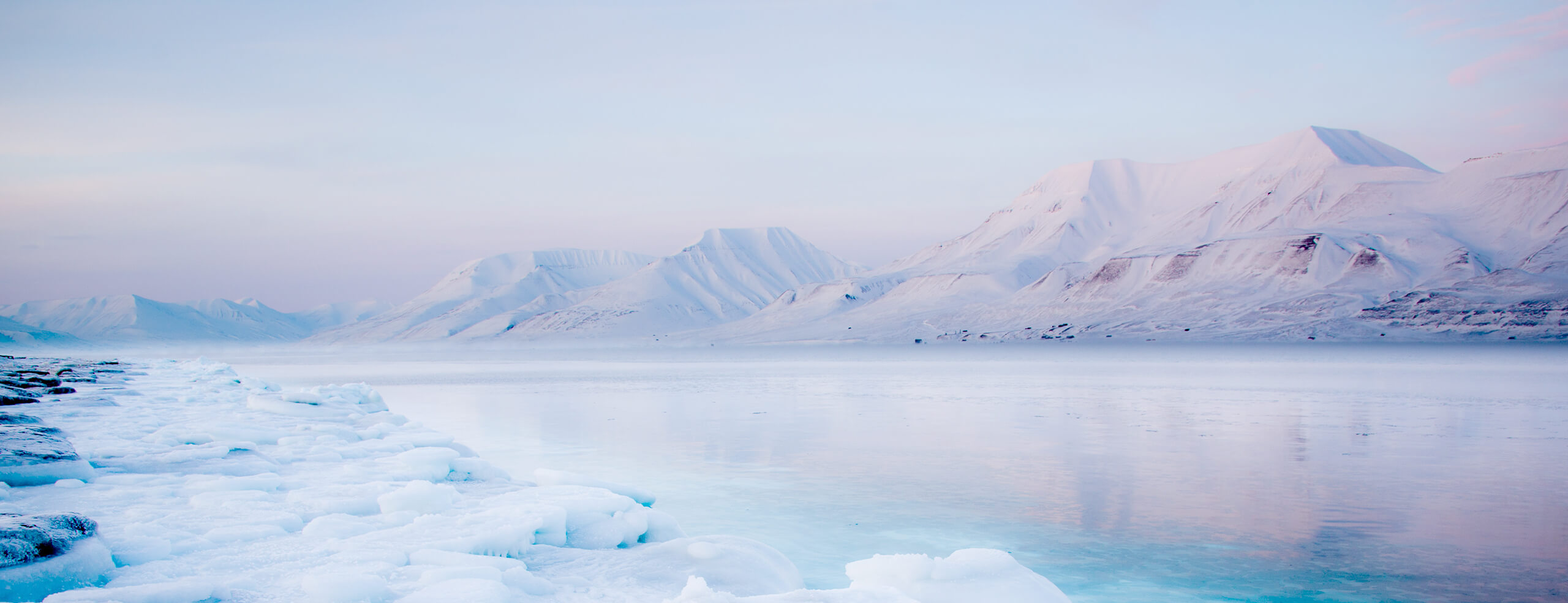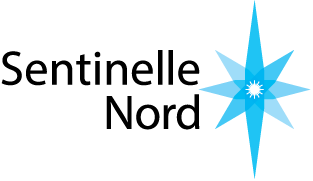The role of circadian clocks in seasonal synchrony in the Arctic
This project is part of the Université Laval / University of Tromsø research partnership.
Principal investigators
David Hazlerigg, Johann Lavaud
Co-investigators
Paul De Koninck, Flavie Lavoie-Cardinal, Shona Wood
Collaborators
Marcel Babin, Angela Falciatore, Simen Rød Sandve
Abstract
This project will take an interdisciplinary approach to understanding the relationship between circadian and seasonal timing processes in two widely divergent Arctic species, the diatom microalga Fragilariopsis cylindrus and the North Atlantic salmon (Salmo salar) that show ecological and economical central importance to Canada and Norway Northern populations. Circadian clocks gate seasonal responses in many temperate species, but their role remains poorly understood in arctic species, which are exposed to long periods of continuous light and continuous darkness around the summer and winter solstices, respectively.
We will address this problem using standardised light manipulations designed to establish the formal properties of the photoperiodic response, defined in terms of processes associated with the active summer phase (growth, cell division and increased metabolism) and the quiescent winter phase (energy storage, growth arrest, cell cycle suppression), and the transition between the two periods. We will go on to address the molecular and cellular basis of the seasonal response in our two organisms firstly by RNA profiling and subsequently through epigenetic profiling technologies to discover key genetic control points. This will also enable us to define the transcriptional response to photoperiodic change. Transcriptomic and epigenomic analyses will define key regulatory pathways and enable network modelling approaches and assessment of core mechanistic conservation between divergent arctic organisms. To understand the molecular mechanisms implicating selected output genes, we will examine their subcellular location and interactions at the nanoscale in diatoms and inside the nucleus and cytoplasm of salmon neurons using optical nanoscopy. To accelerate and improve the performance of optical nanoscopy to these samples, we will apply machine learning-based online optimization of the nanoscope, as well as deep learning-based image analysis.
We foresee that the outputs from our project will help to improve current and future research on Arctic chronobiology with potential applications in health, economics and ecology to Northern populations, thanks to related on-going Sentinel North and UiT projects. Specifically, our project will
i) help to better understand the fundamental metabolic processes behind the ecological success of the diatom essential primary producers, and likely open on the bioprospection of added-value molecules they synthesise;
ii) provide a better understanding of salmonids chronobiology, an essential step to enhance sustainable welfare-friendly production methods and strategies for maintenance of wild populations through management and restocking;
iii) iprovide new tools that can be exploited in future designs of light-based tools for sensing and monitoring changing features in ecosystems of the North.

